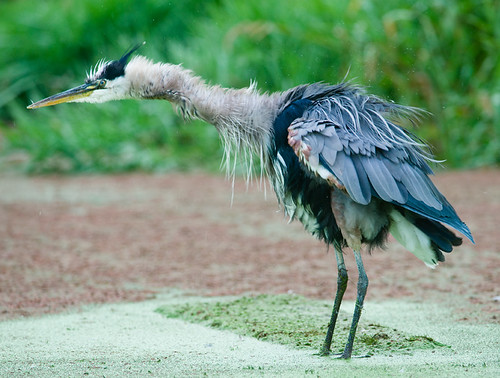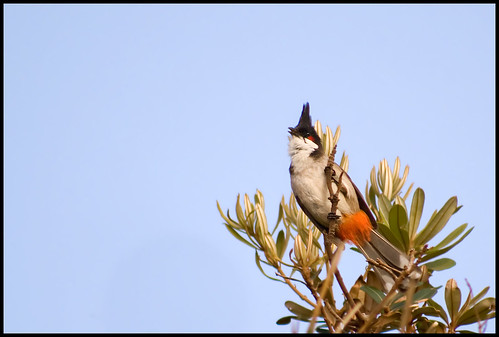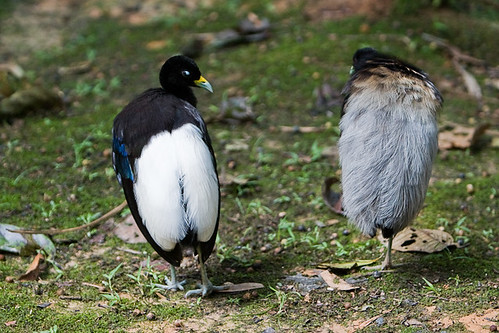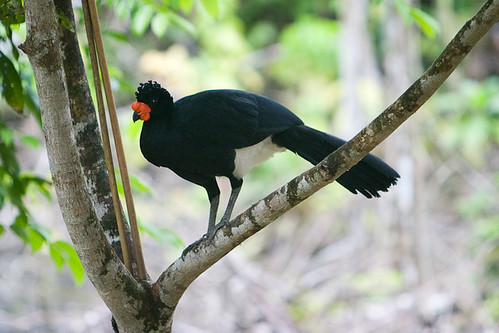|
Mannequin posted:
Barn swallows (I think)! Those are, as you noticed, insectivores, so they'll ignore feeders. Worse, because they're chasing insects, they tend to zig-zag a lot. Alas, I have no advice other than patience patience patience. Also, if you could find a nest you'd probably be able to get some good shots, but that probably falls under "duh." The ones you have are pretty impressive as they are!
|
|
|
|

|
| # ¿ Apr 30, 2024 01:33 |
|
This is a fabulous behavioral shot.
|
|
|
|
The June 2009 issue of Wildlife in North Carolina has an article by Jared Lloyd on shooting flying birds. Most of it's already been covered or is probably obvious to the folks in this forum, but I thought I'd excerpt a few bits.Jared Lloyd posted:When given a choice, birds face the wind... Like with the sun, it is a good idea to keep the wind at your back when photographing birds. This way, the birds will be facing you as they take off or land...
|
|
|
|
wankle posted:Wood River, Dillingham Alaska, Canon 20D / 100-400L YOU ARE ALL WEIRDOS.
|
|
|
|
fenner posted:Chased this fella around for atleast an hour. Anyone know what bird this actually is? Ooh, a challenge... don't know Australian birds myself, but I found him! He's a Red-whiskered Bulbul: http://www.birdsinbackyards.net/bird/33.
|
|
|
|
Pale-winged trumpeter. Some kind of curassow, maybe wattled? The only reason I could even take a guess was that related birds appear in Andrew Zuckerman's book Bird, which I just got for my birthday. Alas, I have no clue about your other bird.
|
|
|
|
Bob Socko posted:
They look like some species of frigate bird.
|
|
|
|
BeastOfExmoor posted:Here's a few taken when I was in Palm Springs last week. All taken with the Canon EF-S 55-250mm IS. Goldfinch!
|
|
|
|

|
| # ¿ Apr 30, 2024 01:33 |
|
InternetJunky posted:I really dislike fill flash and have stopped using it. There is just something artificial about the lighting that rubs me wrong, plus it's really easy to screw up. What bird is that?
|
|
|













